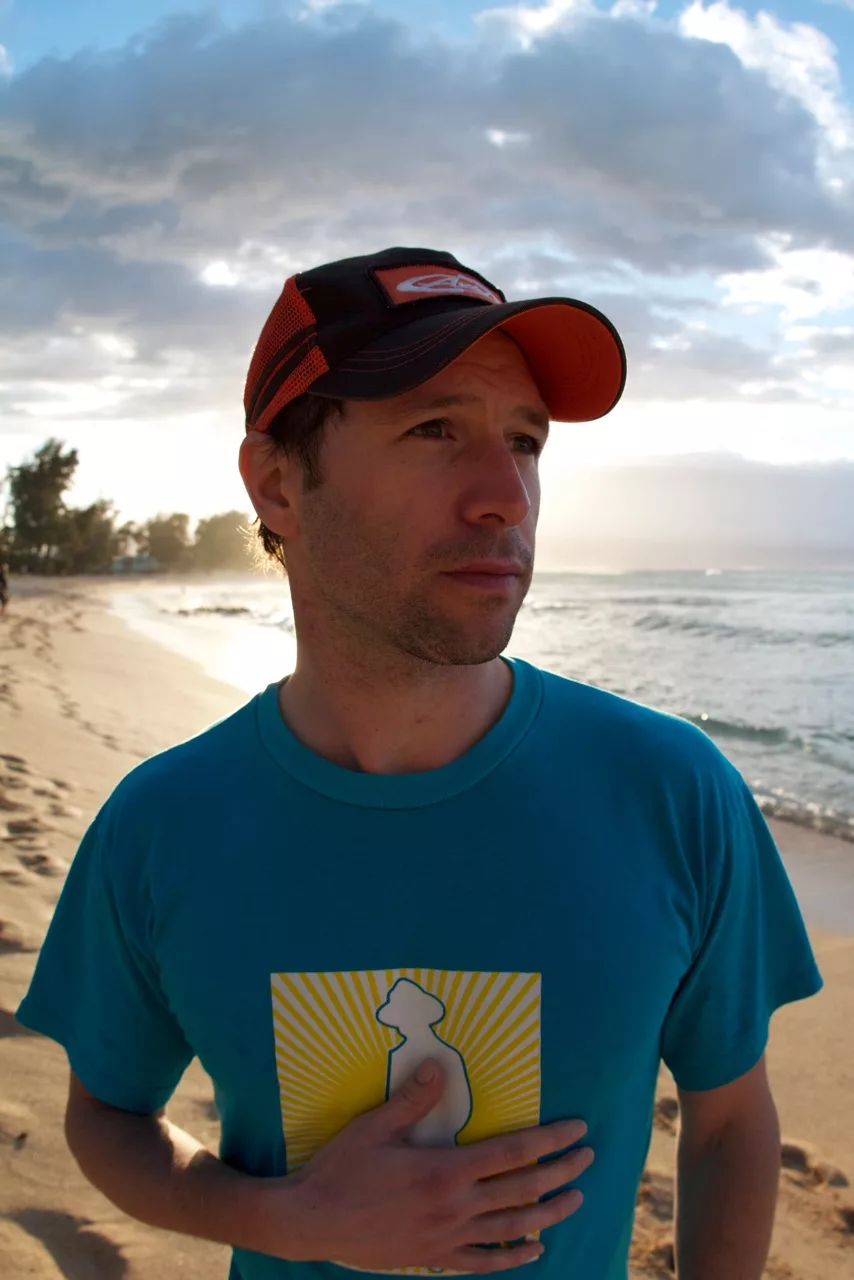5 Workouts for Cross-Country Skiers

Nordic skiing, whether classic or skate, is one of the few activities that works both the upper and lower body, pulling and pushing every major muscle and most of the small ones too.
With so much going on, cross-country skiing cranks the heart and respiration rates, exactly what the heart and lungs need to become strong and healthy, and burns more calories than just about any other sport—up to 1,000 per hour. No surprise, it can leave you pooped quickly.
Avoid burning out on day-one by building a solid base, says Andrea Stapff, a former national team rower and the coach of the Strathcona Nordics cross-country ski team. “The biggest mistake I see is the weekend warrior who goes hard every time they work out,” she says. “Nothing advantageous to performance is happening when you do that.” Instead, she has her skiers do lots of long, slow mileage and intense intervals and strength and balance work. Together, they build the fitness to glide on skinny skis for hours and still have the power and lungs to chug up the brutal hill back to the lodge.
Aerobic
How: Low Heart-Rate Endurance
Why: This is the base that everything else builds on. Invest the training hours on wheels, feet or even swimming and it will pay off on snow. The key is keeping it slow—you should be able to comfortably talk. “People are often surprised just how slow it is,” says Stapff.
What: Two to three times per week, head out for a long effort, keeping your heart rate at 65 to 75 per cent of maximum. Use a heart rate monitor or the conversation test. Run or hike for an hour or longer. Road bike for 1.5 to two hours. (Mountain biking tends to be too variable in effort.) Swim for 30 to 45 minutes.
Anaerobic
How: Intervals
Why: “You need higher than race-pace to improve every system,” explains Stapff. That means pushing your effort beyond what’s comfortable, over and over. Any kind of interval will do. Trying different lengths will help with pacing later on, teaching you how long you can sustain varying levels of work.
What: Try three 10-minute efforts; six three-minute efforts; and eight one-minute efforts, with one minute of rest between efforts. The key is consistency between bouts. Work as hard as you can—your heart rate should be in the 85 per cent or higher range—but aim to finish each interval in about the same amount of time.
Core
How: Trunk Circuits
Why: Of cross-country skiing’s three fundamentals—balance, weight shift and timing—the first two are dependent on solid core strength. To hold the proper body position, a quiet upper body that stays stable over the legs as they stride back and forth, requires a solid core.
What: Hold each of the following positions for 30 seconds, working up to a minute, with a 30-second rest in between. Concentrate on a straight spine and engaging all the abs from the belly-button to the back. To work the entire trunk, Stapff recommends: plank, side plank, bridge, airplane and Superman.
Upper Body
How: Gym-Free Workout
Why: Poling takes arm and shoulder strength. You’ll be sore and slow if you ignore these muscles.
What: Do three sets of 10 pushups, dips and inverted rows. For pushups, start on your knees, progressing to normal pushups with one hand on a ball, rolling the ball from hand to hand before going down again. For dips, start with your hands on a bench, feet on the ground, progressing to feet elevated. And for inverted rows, head to a playground and find a bar that is about three to five feet off the ground. Grab the bar with both hands, keep your back and legs straight and pull your chest to the bar.
Leg Strength
How: Single Leg Squats
Why: Whether skating or classic, one of the fundamental movements in cross-country is balancing on one moving ski. In other words—standing on one leg in an unstable place. The single leg squat is one of the best ways of replicating the instability and strength required.
What: Stand on one leg and put the other foot behind you on a box, step or ball. Lower into a squat until your knee is bent 90 degrees. Keep your ankle, knee and hip in line; don’t let your knee dip inside. Try three sets of 10. Progress to eliminating the box.















